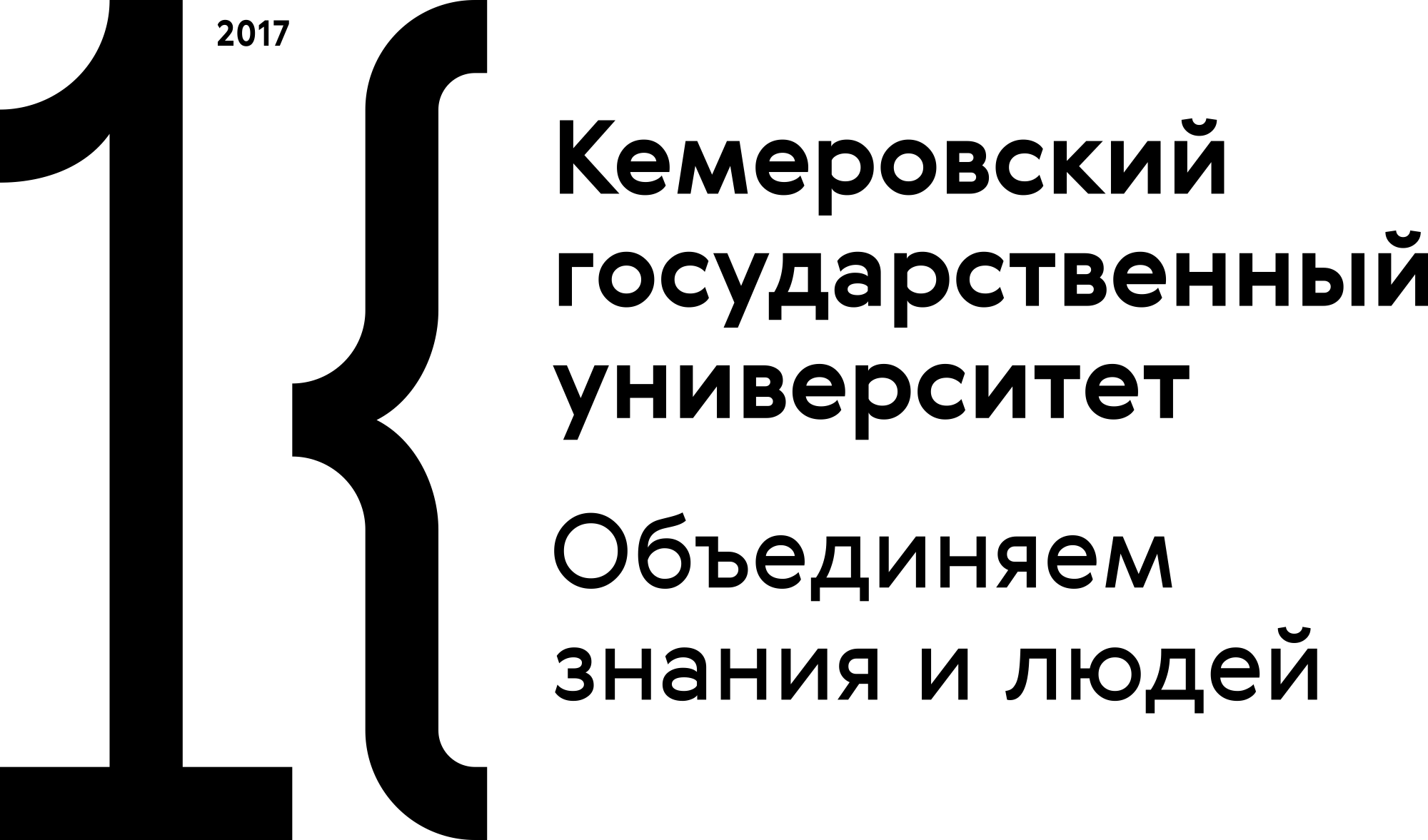Russian Federation
Russian Federation
Russian Federation
CSCSTI 27.01
CSCSTI 31.01
CSCSTI 34.01
Studies on the microwave modification of complex technical auxiliary materials - import adhesive compositions on the basis of native and modified samples of potato starch with various functional additives have been presented. The paper aims at the replacement of import technical production and the decrease in the consumption of the important materials which are used as wallpaper glues. Features of direct microwave effect on various water-soluble adhesive substances differing from each other in chemical composition and properties have been determined. A mechanism of absorption of microwaves using the air-dry adhesive compositions based on their specific effect on the water which is in the finished dry product has been offered. A possibility of change of the main technological properties of adhesive compositions (viscosity, adhesion) after a direct short-term effect of microwaves on them with the frequency of 2.45 GHz has been proved. It has been established that, in case of preliminary short-term influence of MR in the non-thermal mode, the kinematic viscosity and adhesive forces of various initial types of the glues on a starch basis having a different composition change differently and individually with various time of influence. The change of viscosity and adhesive forces of separate selected adhesive compositions after microwave processing provides a decrease in the cost of the gluing process. The found method of management of technological parameters of gluing has an important practical value and can be introduced in the construction industry for the internal finishing of ready apartments.
Glue, adhesive compositions, microwave, viscosity, adhesion, starch, degree of hydration, macromolecules, modification
1. 1. Shevchenko T.V., Kondratov Sh.A., Ul’rikh E.V., Popov A.M., Lobanova V.S., and Tokmakov I.O. K voprosu ob izmenenii fiziko-khimicheskikh svoystv obraztsov krakhmala, obrabotannykh mikrovolnovym izlucheniem [Revisiting the change of physical and chemical properties of the samples of starch processed by microwave radiation]. Zhurnal prikladnoy khimii [Journal of applied chemistry], 2013, vol. 86, no. 1, pp. 138-41.
2. 2. Berdonosov S.S. Mikrovolnovaya khimiya [Microwave chemistry]. Moscow: Khimiya Publ., 2001. 205 p.
3. 3. Berdonosov S.S., Berdonosov D.G., and Znamenskaya I.V. Mikrovolnovoe izluchenie v khimicheskoy praktike [Microwave radiation in chemical practice]. Khimicheskaya tekhnologiya [Chemical technology], 2000, no. 3, pp. 2-8.
4. 4. Kim A.M. Organicheskaya khimiya. Uchebnoe posobie [Organic chemistry manual]. Novosibirsk: Sib. Univ. Publ, 2004. 848 p.
5. 5. Korobko E.V., Bedik N.A., Bartashevich A.A., and Ignatovich L.V. Vyazko-plastichnye i tiksotropnye svoystva modifitsirovannykh polivinilatsetatnykh kleev [Viscoplastic and thixotropic properties of modified polyvinylacetate adhesives]. Trudy BGTU “Lesnaya i derevoobrabatyvayushchaya promyshlennost’” [Journal of Proceedings of the BSTU “Forestry and wood industry”], 2016, no. 2, pp. 219-224.
6. 6. Ustinova Yu.V. and Shevchenko T.V. Kharakteristika i primenenie mikrovolnovogo izlucheniya: monografiya [Characteristic and use of microwave radiation: monograph]. Kemerovo: KemIFST, 2015. 141 p.
7. 7. Lobanova V.S. and Shevchenko T.V. Sposob izmeneniya pH geley kartofel’nogo krakhmala [Way of change of pH of potato starch gels]. Materialy mezhdunarodnoy nauchnoy konferentsii “Pishchevye innovatsii i biotekhnologii” [Materials of the International scientific conference “Food innovations and biotechnologies”]. Kemerovo: KemIFST, 2014, vol. 1, pp. 118-119.
8. 8. Lobanova V.S. and Shevchenko T.V. Sposob upravleniya vyazkost’yu zavarennykh geley grechishnogo krakhmala [Way of management of viscosity of the made gels of buckwheat starch]. Materialy mezhdunarodnoy nauchnoy konferentsii “Pishchevye innovatsii i biotekhnologii” [Materials of the International scientific conference “Food innovations and biotechnologies”]. Kemerovo: KemIFST, 2014. vol. 1, pp. 120-121.










